Main board nedoPC-85-A designed by me in 2004:

Memory map of nedoPC-85 (8 regions 8KB each):
| Address Range | nedoPC-85-A (2004) | nedoPC-85-MK (2018) |
| 0000...1FFF | ROM 8KB (IC5) | ROM 8KB (IC5) |
| 2000...3FFF | RAM 8KB (IC6) | RAM 8KB (IC6) |
| 4000...5FFF | not used | 2nd RAM 8KB |
| 6000...7FFF | not used | External memory |
| 8000...9FFF | not used | Keyboard reading |
| A000...BFFF | Extension bus NI-15 | Extension bus NI-15 |
| C000...DFFF | RAM 8KB (IC6) - mapped 2000...3FFF | RAM 8KB (IC6) - mapped 2000...3FFF |
| E000...FFFF | ROM 8KB (IC5) - mapped 0000...1FFF | ROM 8KB (IC5) - mapped 0000...1FFF |
Test board for interface NI-15 (NI = nedoInterface) that blinks LEDs:
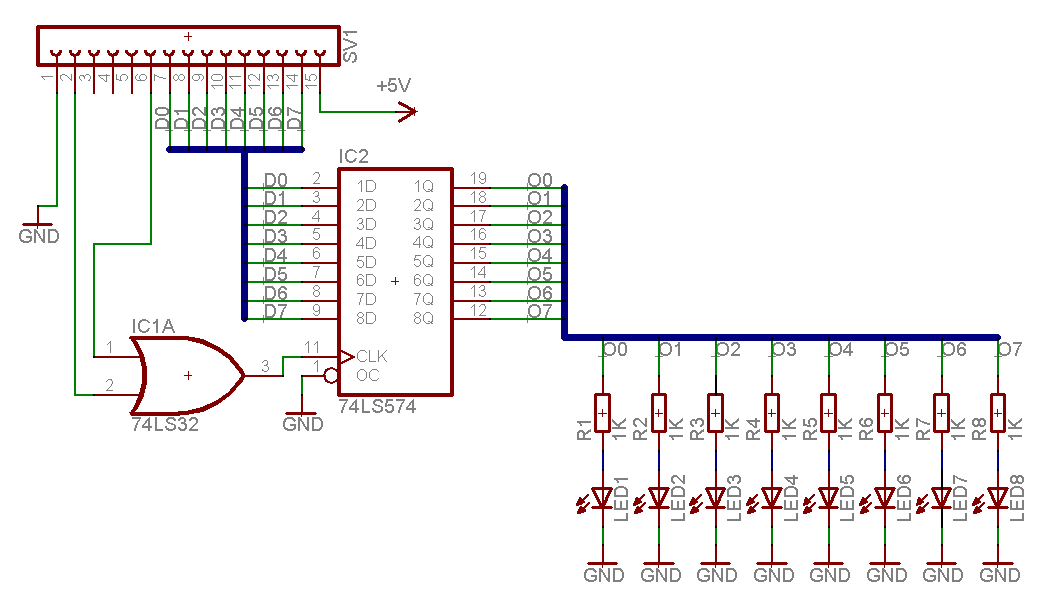
These schematics represent test setup pictured below (2004):
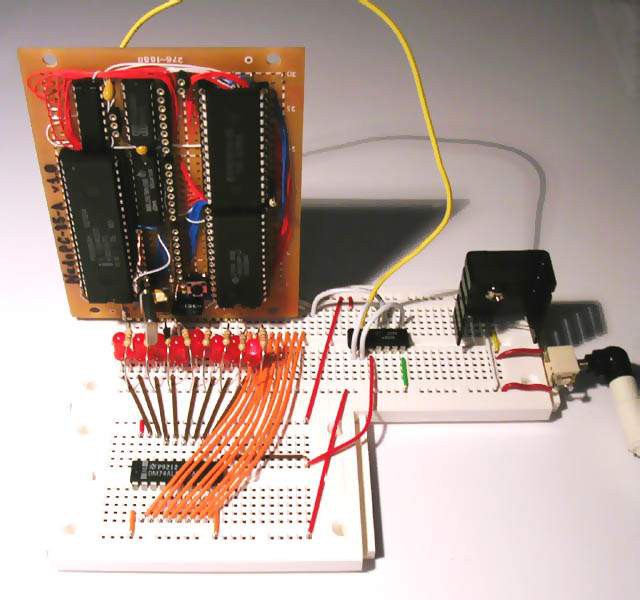
14 years later, in January 2018, I started working on extended version called nedoPC-85-MK that includes Cherry-MX keys and 5x7 LED matrix display (12 characters) plus some additional LEDs and 7-segment indicators:
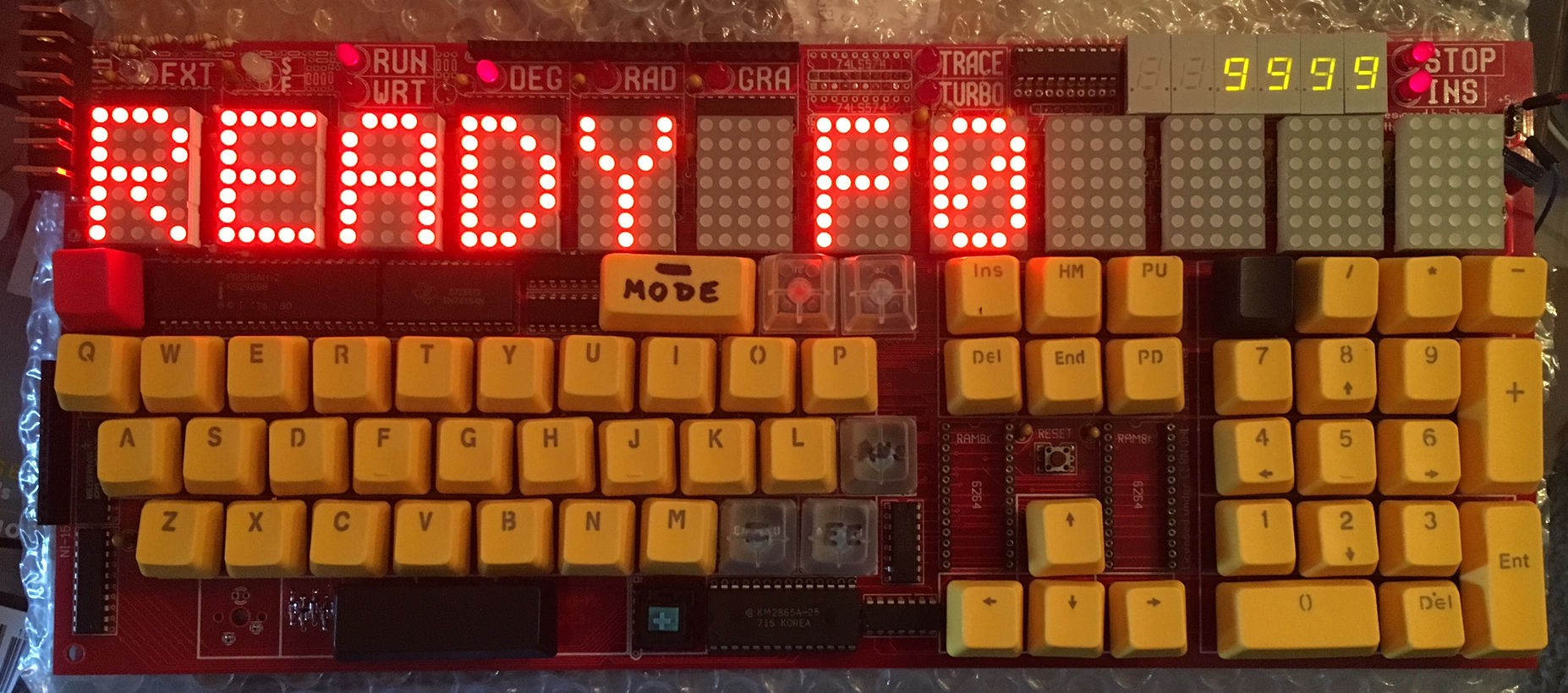
It intentionally resembles Elektronika MK-85 look, but in order to be a true MK-85 clone it should have PDP-11 compatible backend from my another project #PDPii (and in this case 8085 will work only as a controller of display and keyboard).
 SHAOS
SHAOS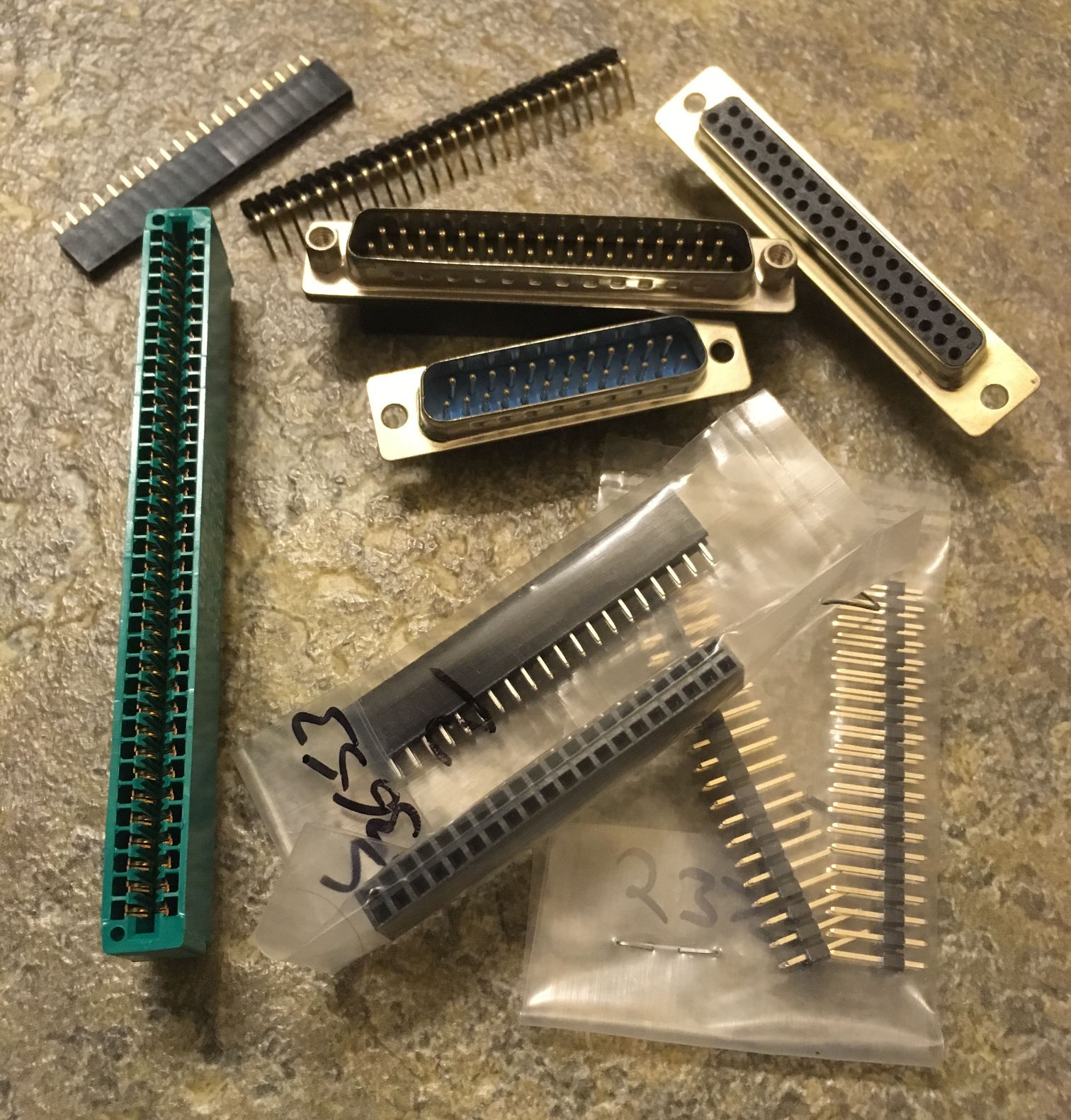
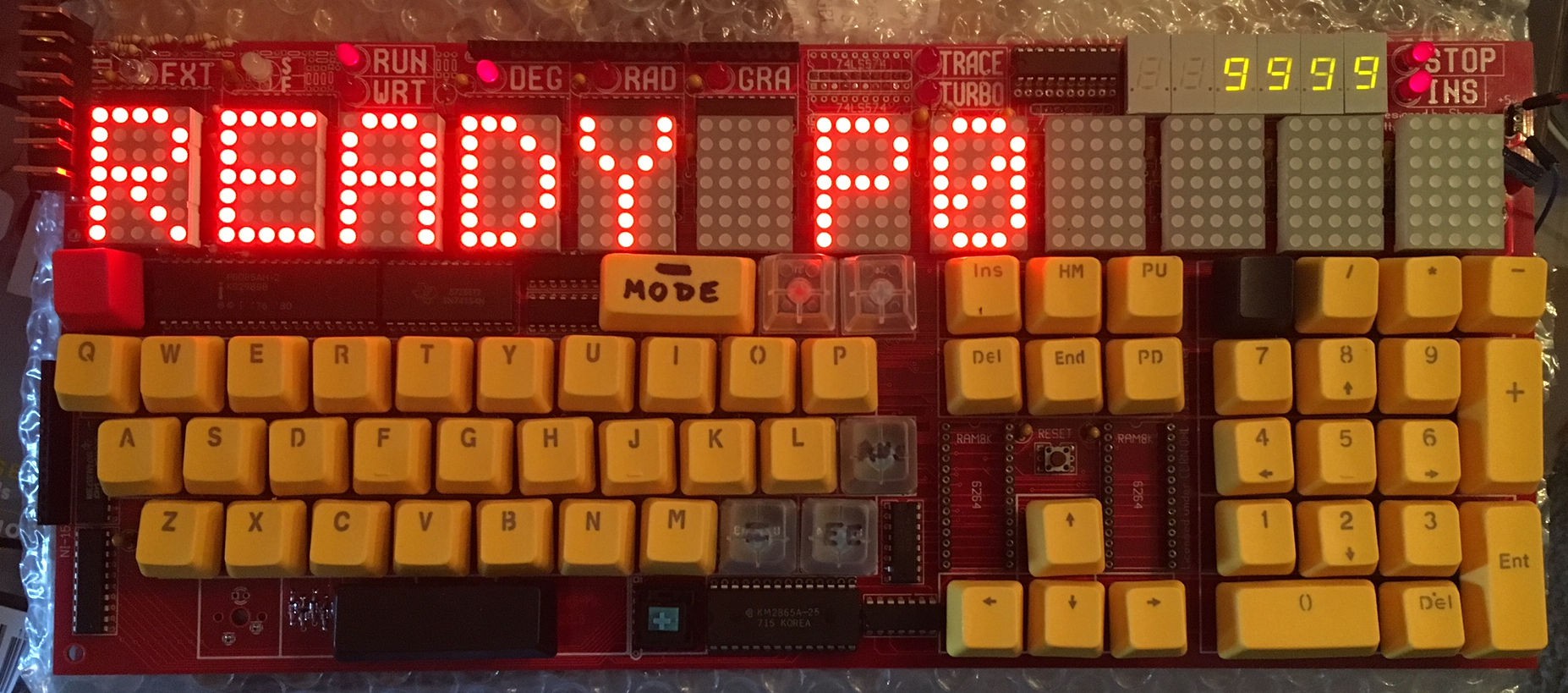
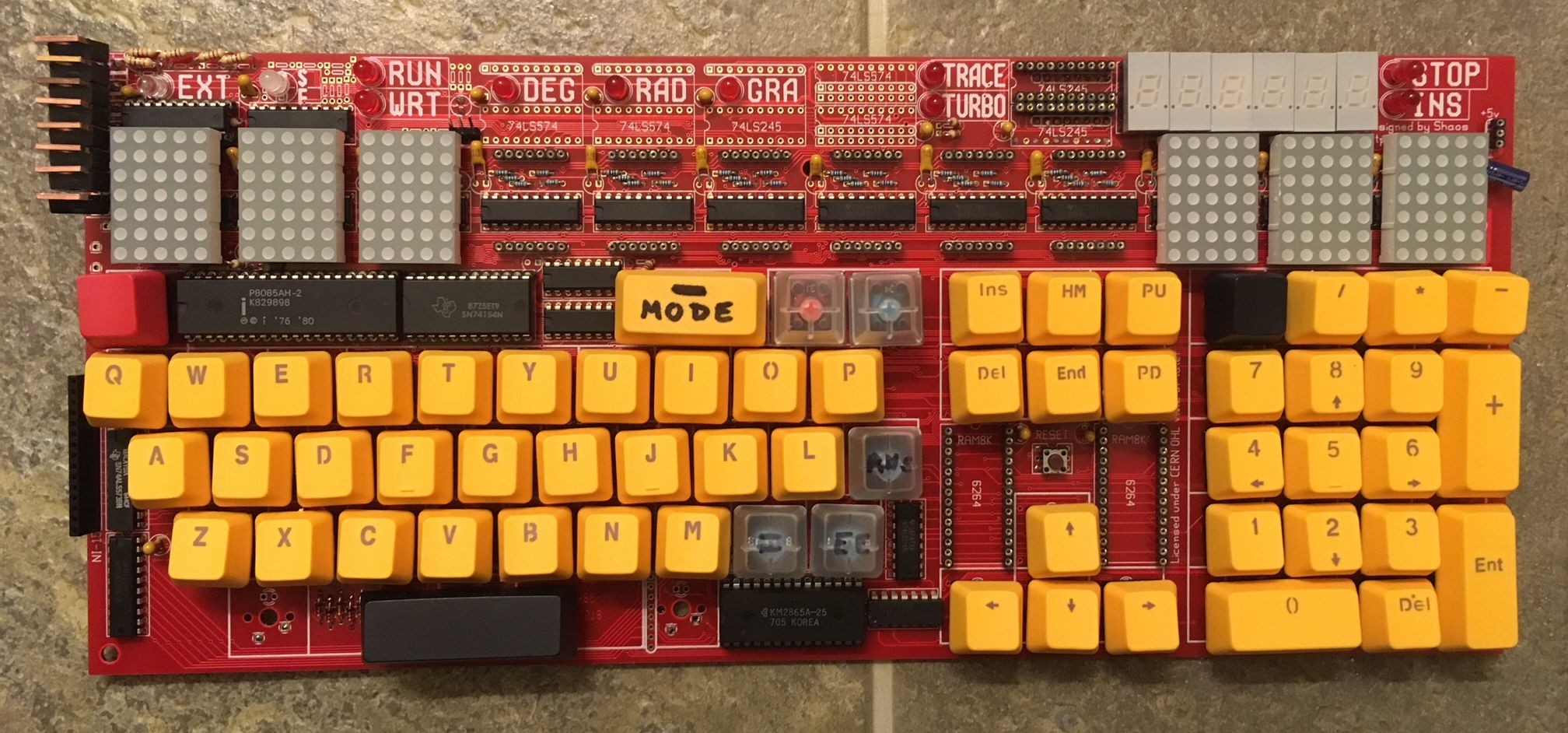
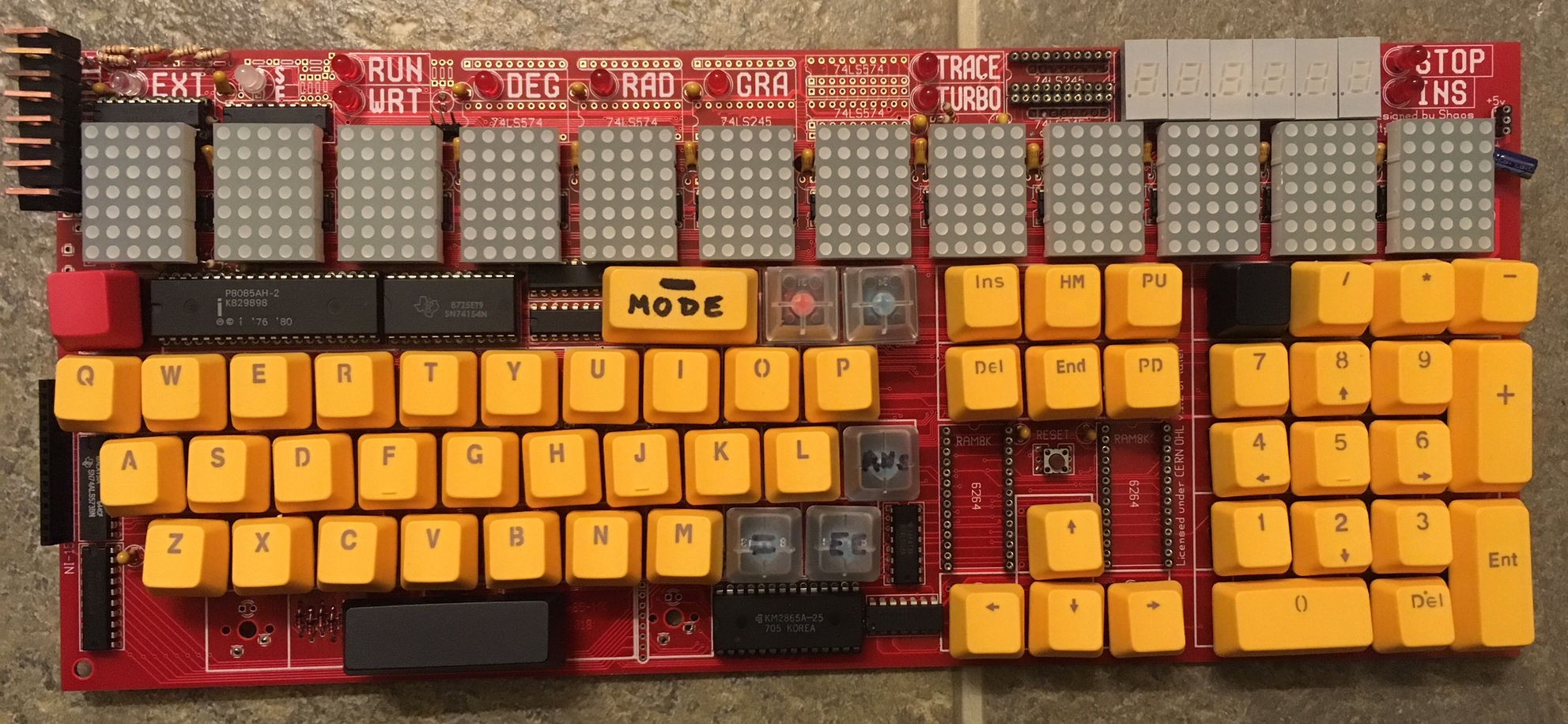
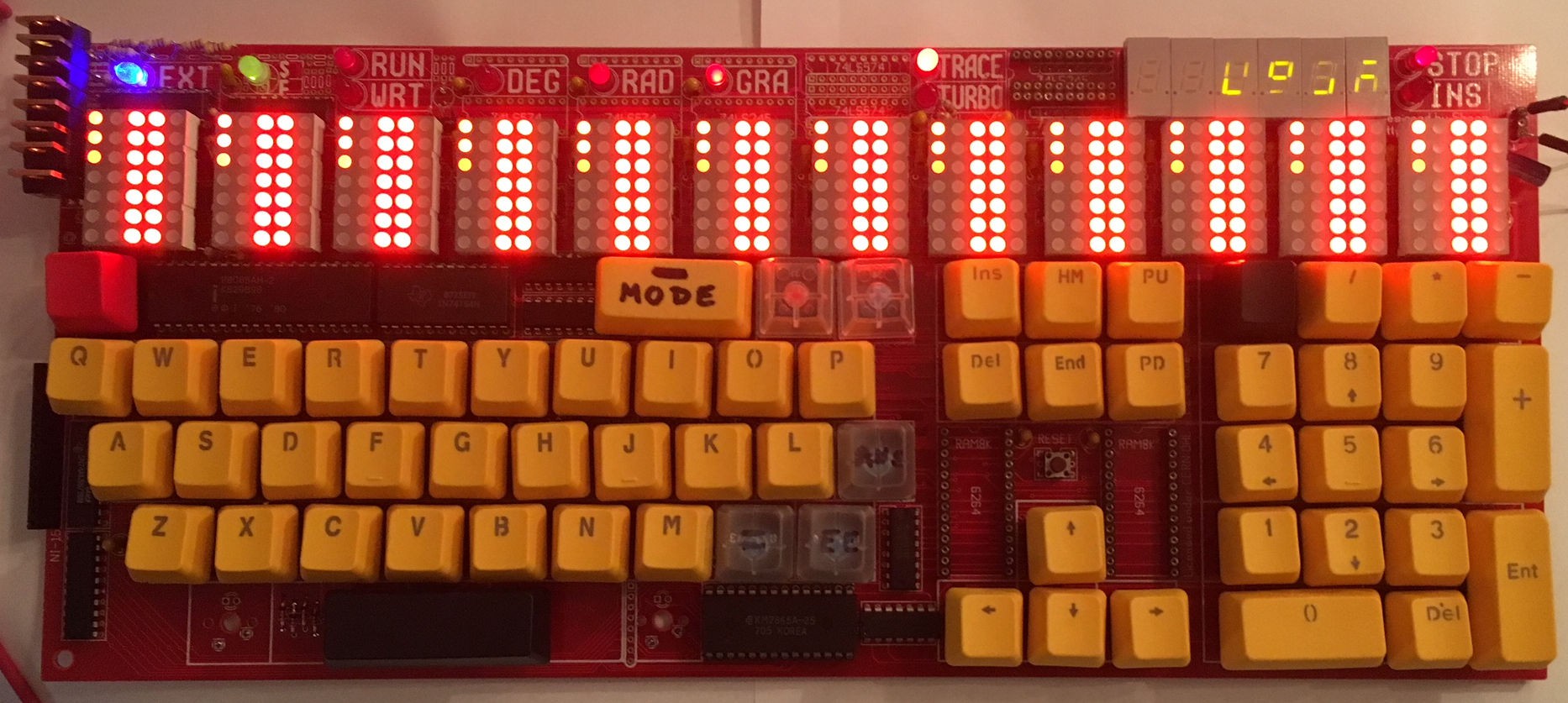
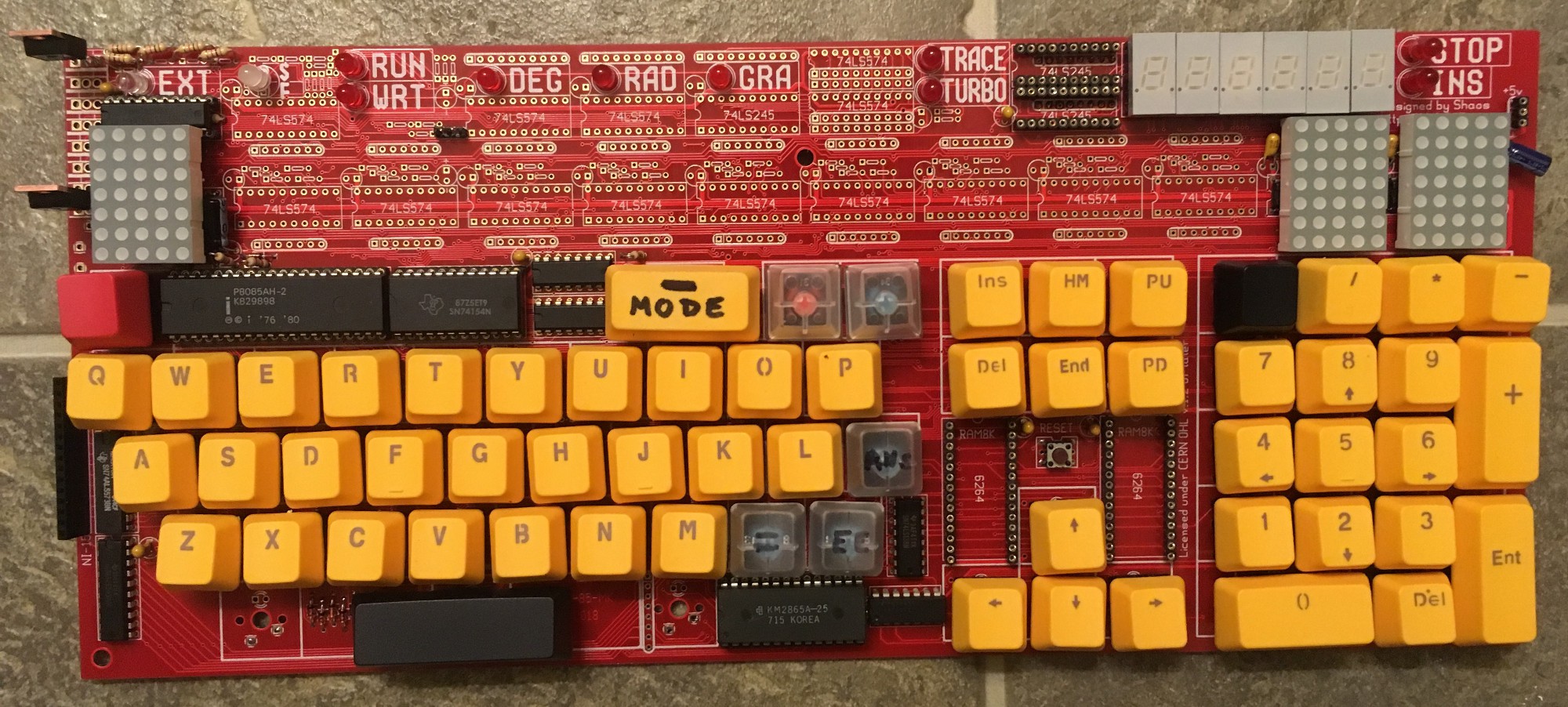
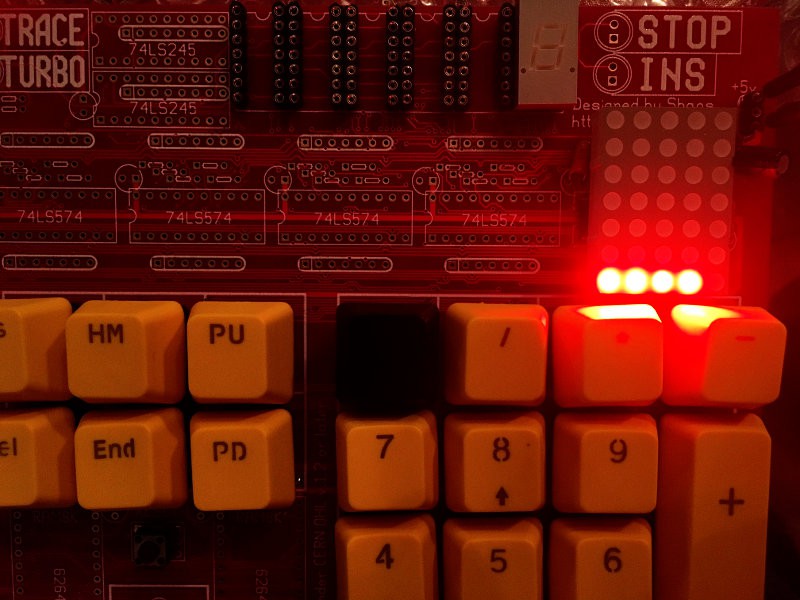
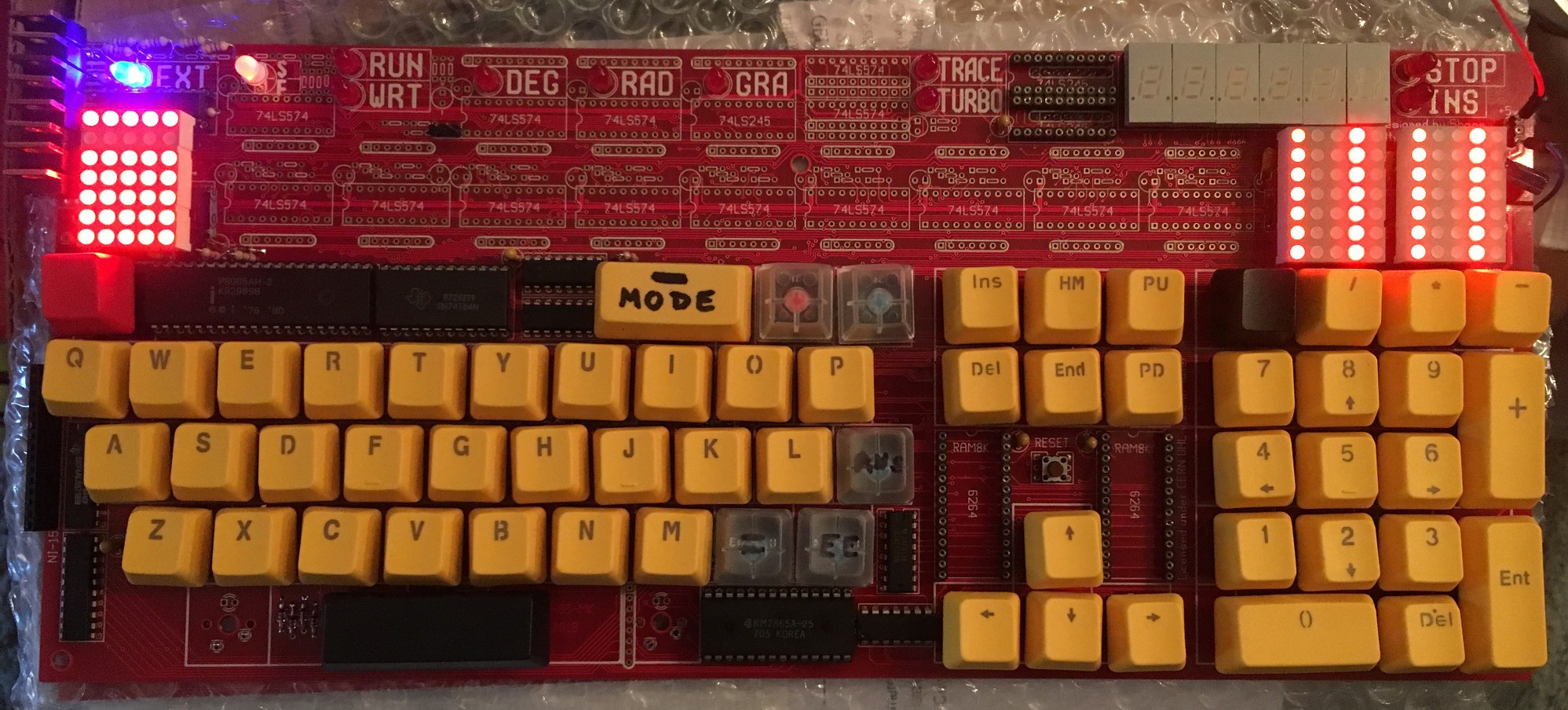
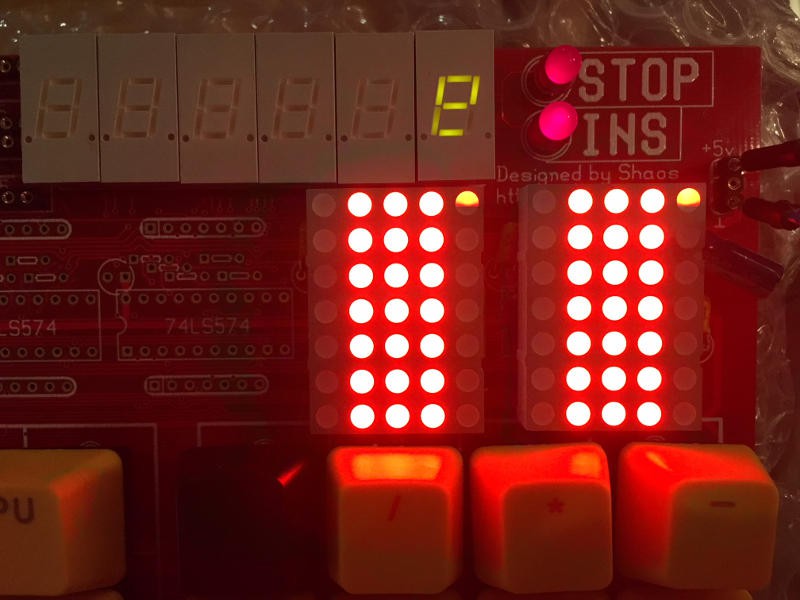
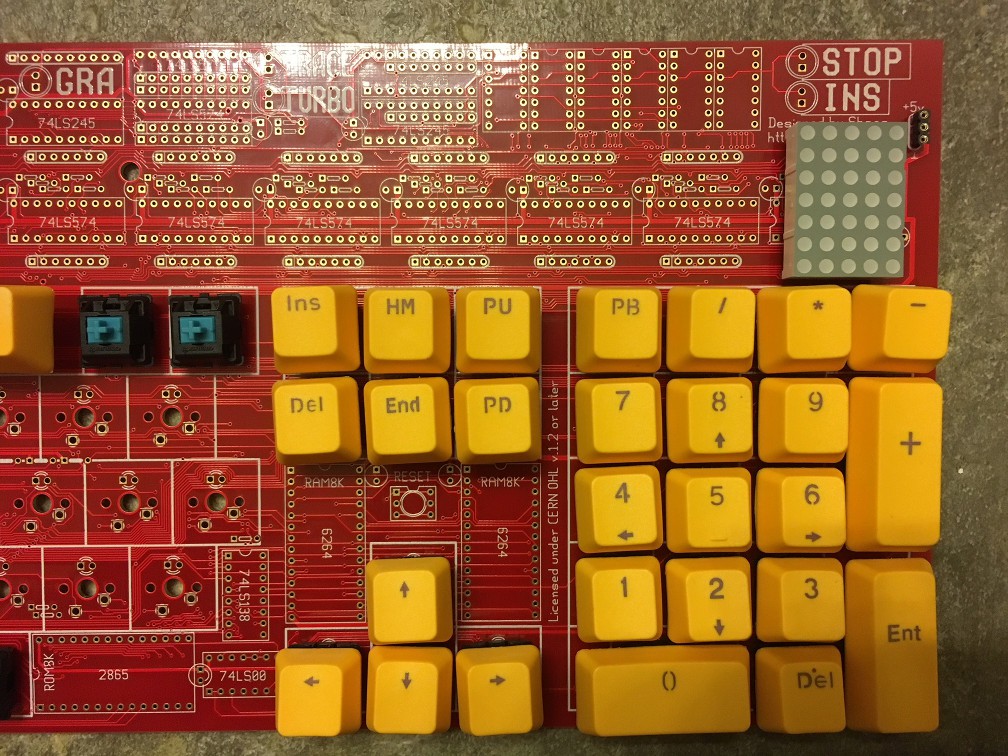
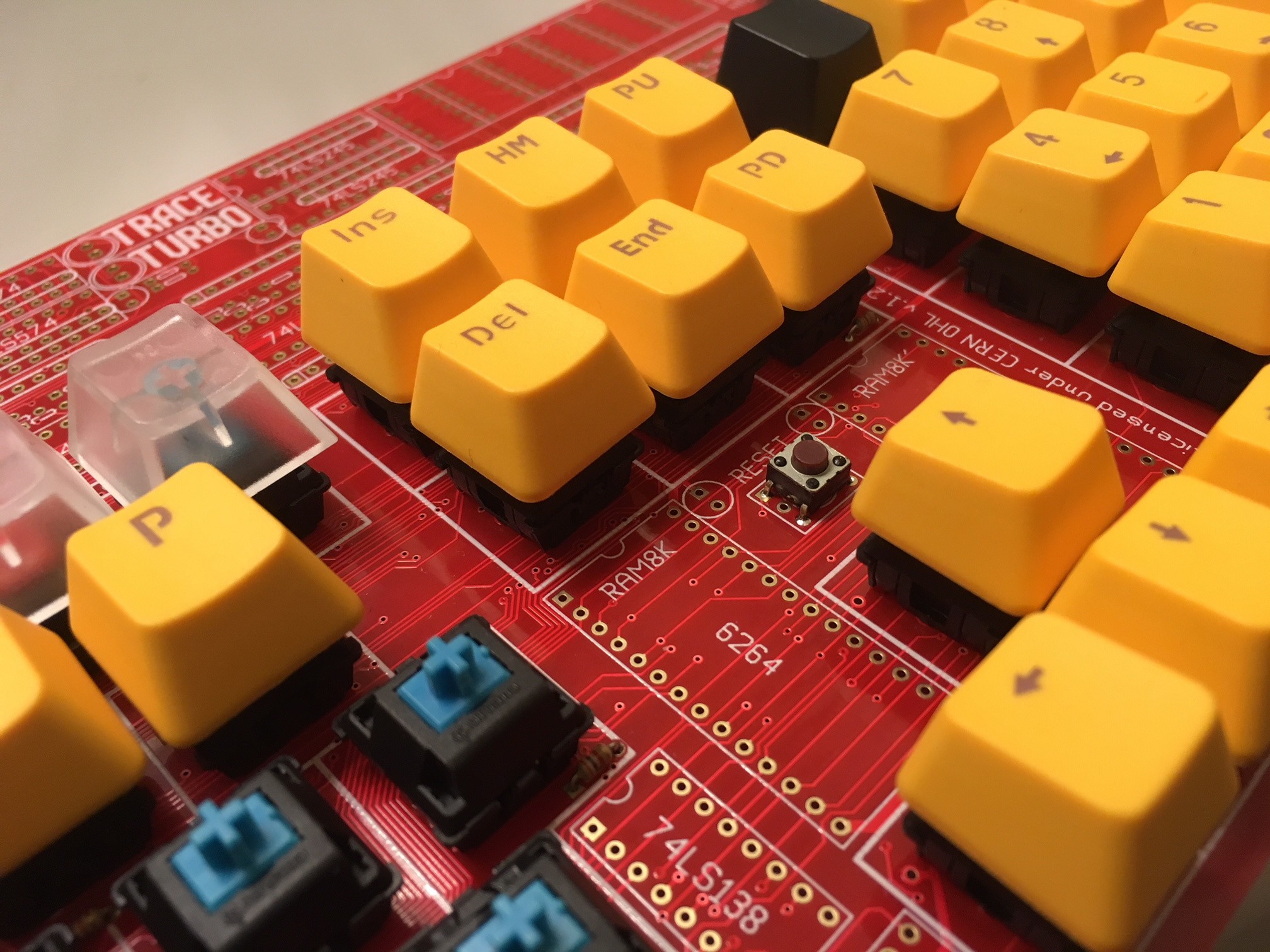
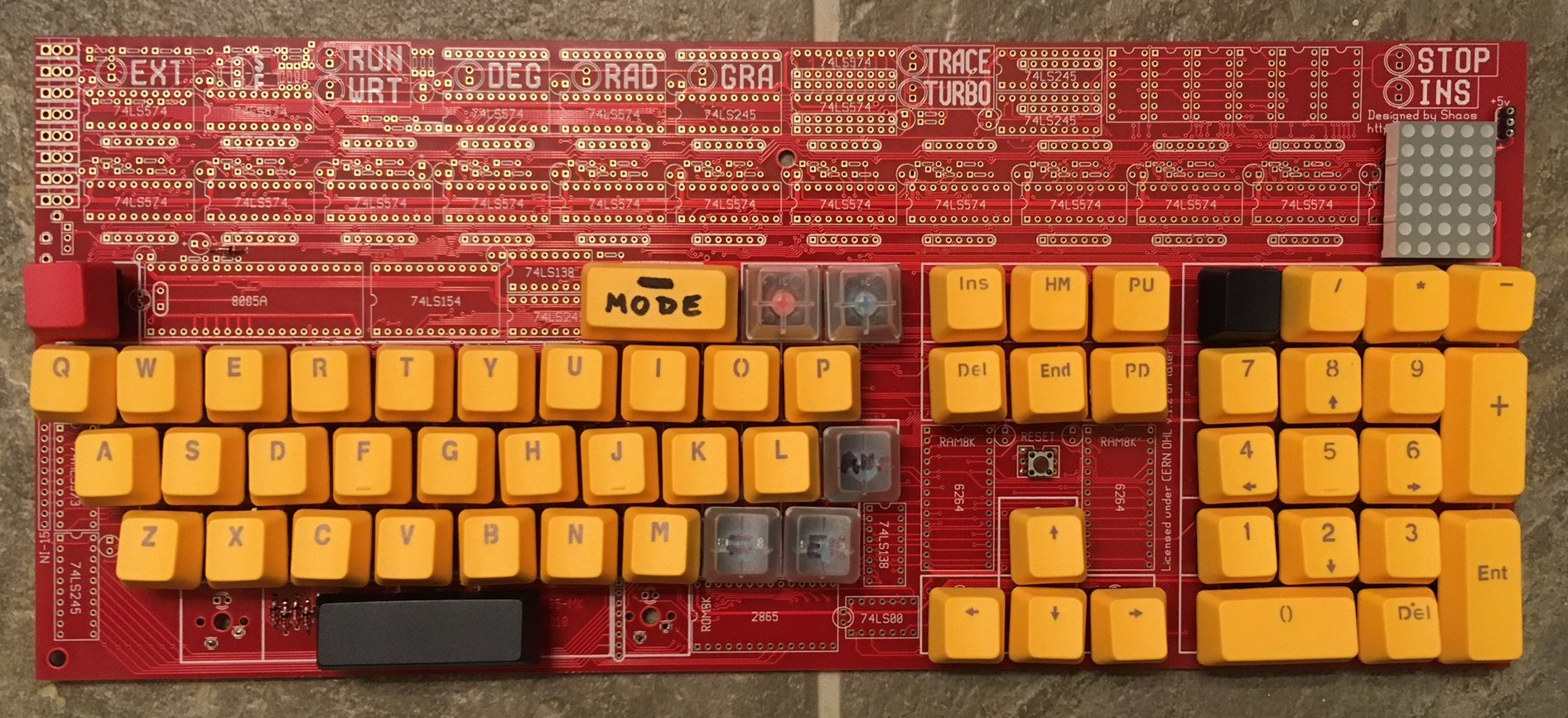
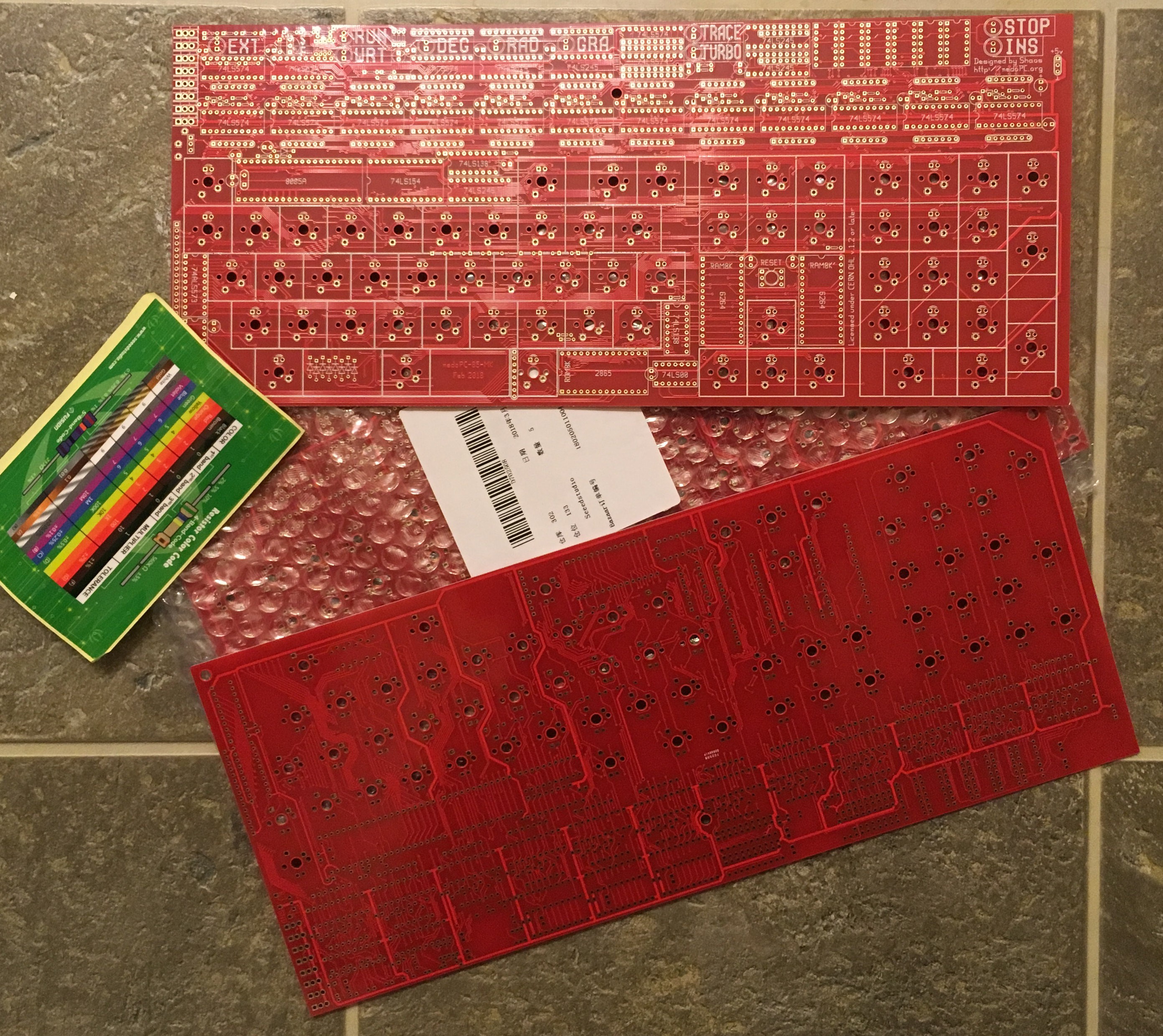
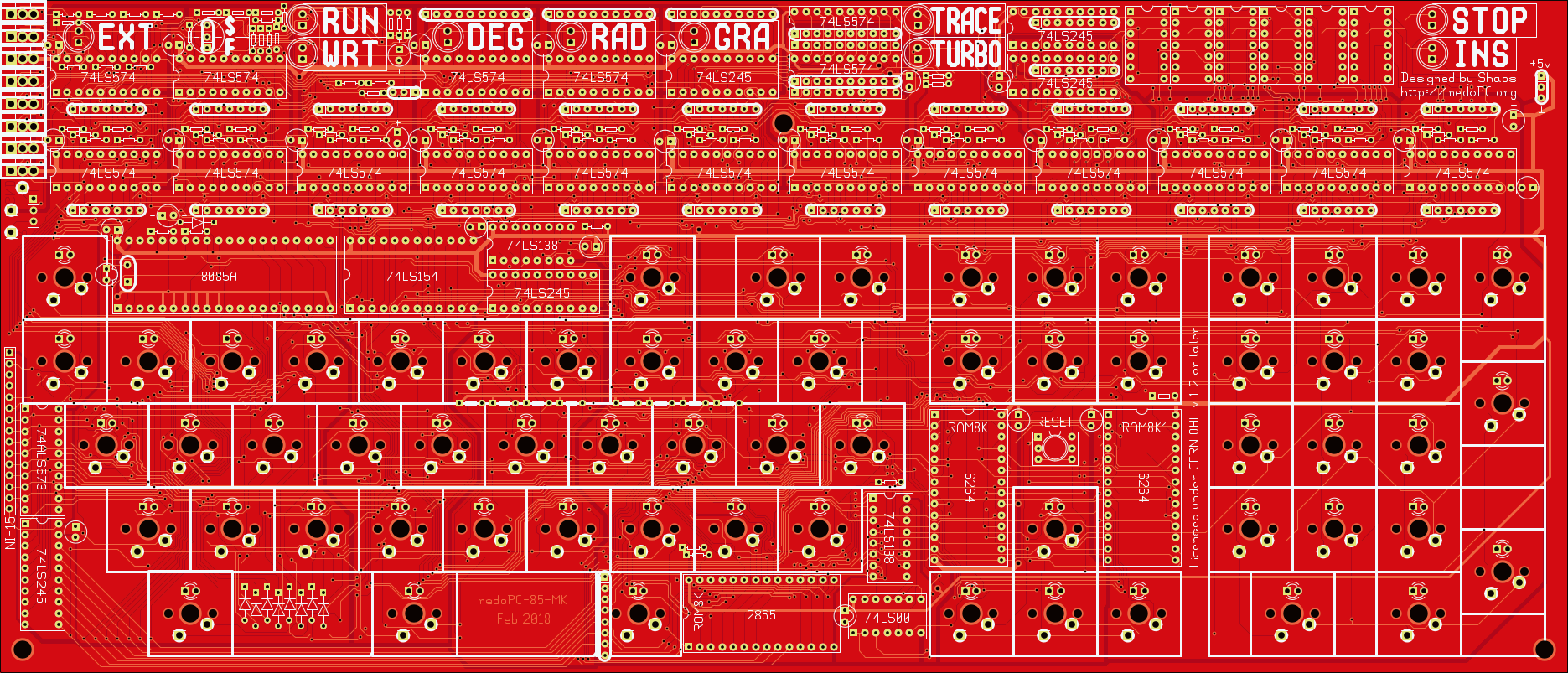





Oh
MON
DIEU